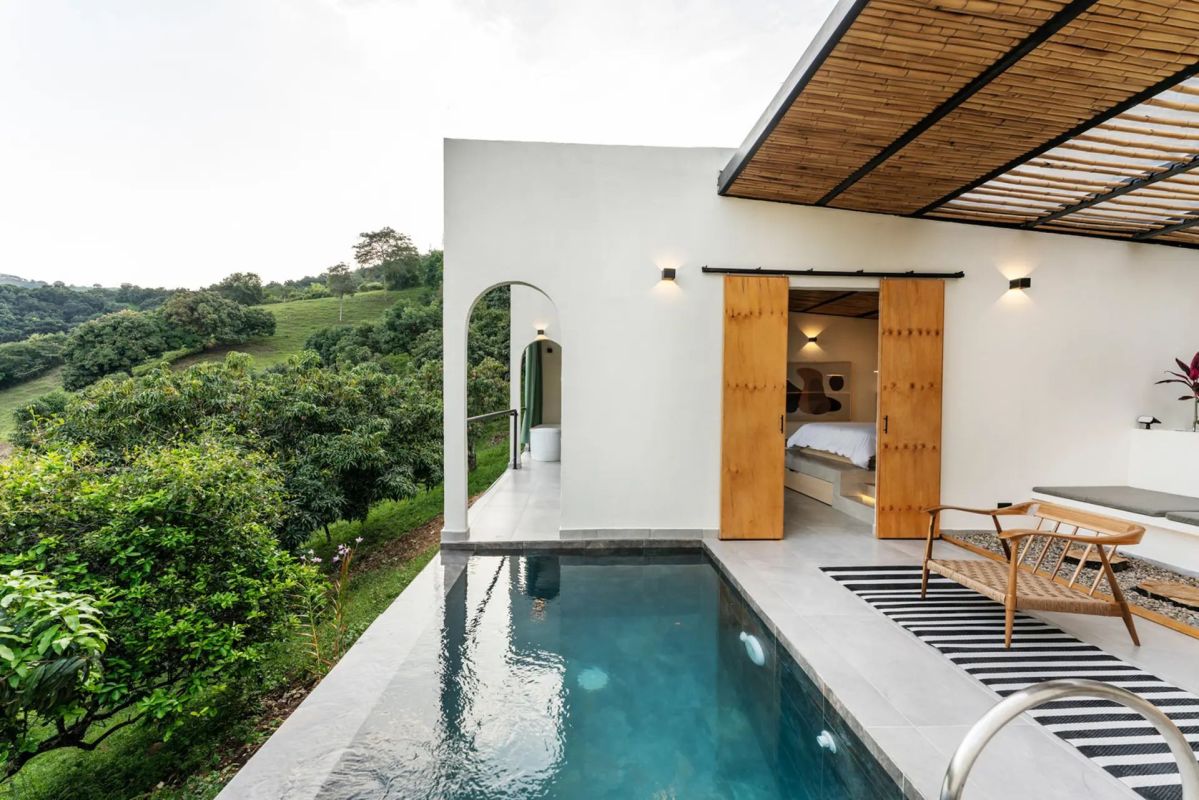An architecture firm has created a stunning home in Anapoima, Colombia, that's as functional as it is beautiful. Thanks to the clever, modern design, the house requires no air conditioning, even though the average summer day in Colombia reaches 91 degrees Fahrenheit.
How Does It Work?
Casa Caoba (translated: Mahogany House), designed by Colombian architecture firm PAE, was built into an existing mango grove using locally sourced stone, timber, and bamboo.
The most unique aspect of the home is the open-air element, which facilitates passive airflow throughout the entire home. The positioning of the house channels cold air from the mountainside, providing natural cooling, while the walls regulate the temperature inside.
This allows the house to stay cool without needing an air conditioner — an impressive feat in Colombia, where temperatures can creep up to 84 degrees Fahrenheit even in the coldest months.
Why Is This Important?
Due to a variety of factors, our planet is heating up, increasing peoples' air conditioner usage. However, that air conditioner usage — the electricity required and the chemical refrigerants — is one of the very factors causing the planet to overheat.
In the United States, air conditioning accounts for nearly 20% of annual residential energy usage, according to TIME magazine. Most air conditioners use hydrofluorocarbon (HFC), a potent, planet-warming gas, to create cold air. While air conditioners might make the air inside your home cooler, they continue to make the world warmer and warmer.
How Does This Tiny Home Help?
By cleverly designing Casa Caoba to work with nature and its surroundings instead of against them, PAE shows us how the design of the future can still involve homes that are luxurious and comfortable — but without breaking the planet in the process.
And PAE isn't the only architecture firm using clever design methods to build environmentally sustainable homes that are still beautiful enough to grace the pages of a magazine. In Colorado, one architect builds houses using an ancient "earth block" technique, which regulates temperatures inside the homes and makes them practically disaster-proof.
And another architect built a home hidden beneath the earth using upcycled materials, blending it seamlessly into its natural surroundings.
Join our free newsletter for easy tips to save more, waste less, and help yourself while helping the planet.









